I became so overwhelmed by covering COVID-19 that I no longer had time to post individual stories. So here are links to my latest stories…
Comments closed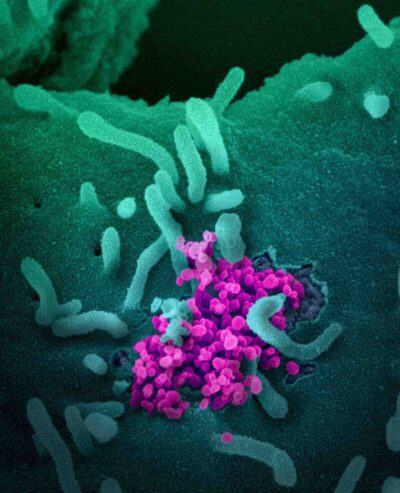

I became so overwhelmed by covering COVID-19 that I no longer had time to post individual stories. So here are links to my latest stories…
Comments closed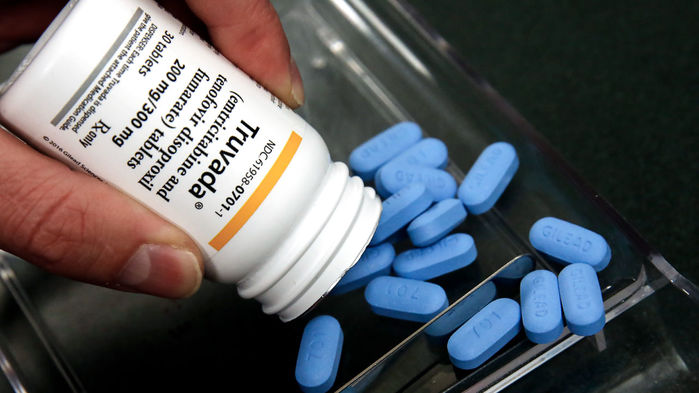
The United States government routinely sues pharmaceutical companies for making false claims, bilking Medicare, illegal kickbacks, and sloppy manufacturing practices. But on 6 November, the…
Comments closed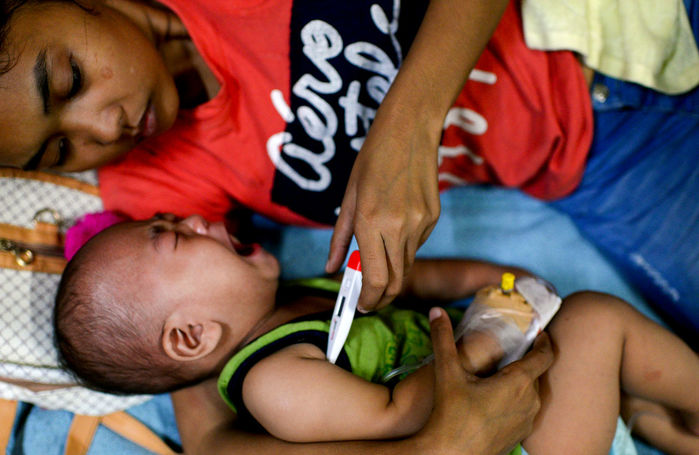
An experimental dengue vaccine has shown promising early results in a large, multicountry trial, but critical questions remain about its effectiveness and safety. Still unclear,…
Comments closed
A 66% price slash of a little used but powerful drug that prevents tuberculosis (TB) could help stave off the deadly lung disease in millions…
Comments closed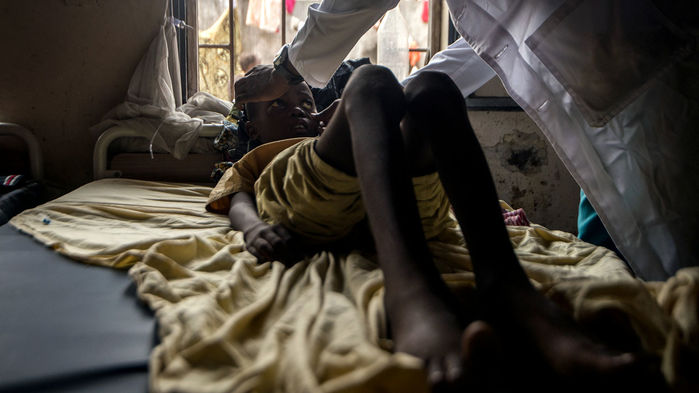
By Jon Cohen, Jocelyn Kaiser Two major U.S. biomedical research funders plan to each put at least $100 million over 4 years toward bringing cutting-edge, gene-based treatments…
Comments closed
“Yevgenievna” and her husband in their apartment. She has been deaf since birth and her husband has limited hearing. She is considering allowing an experiment by Rebrikov to edit gene’s in her offspring’s embryo that may help avoid hearing loss. Credit: Sergey Ponomarev
This story was supported by the Pulitzer Center. On a lightly snowing Sunday evening, a potential participant in Denis Rebrikov’s controversial plans to create gene-edited babies meets…
Comments closed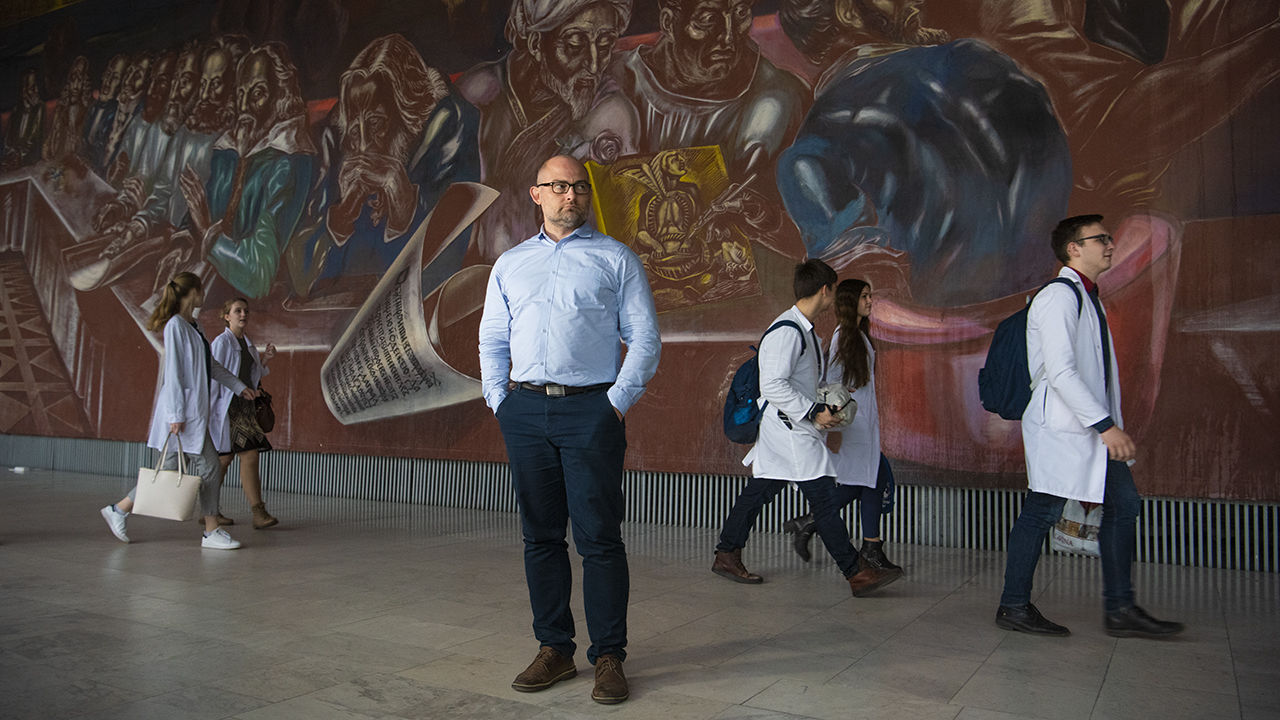
Geneticist Denis Rebrikov in his lab. Credit: Sergey Ponomarev
This story was supported by the Pulitzer Center. Earlier this month, Denis Rebrikov went to an old mansion in Moscow that now houses the Russian…
Comments closed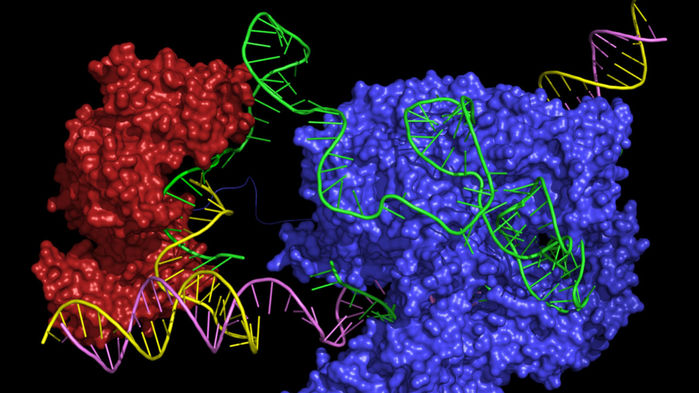
CRISPR, an extraordinarily powerful genome-editing tool invented in 2012, can still be clumsy. It sometimes changes genes it shouldn’t, and it edits by hacking through…
Comments closed
Microbiome. Coloured scanning electron micrograph (SEM) of bacteria cultured from a fingertip. There are around 1000 species of bacteria from 19 phyla found on human skin. Skin flora is usually non-pathogenic, and either commensal (not harmful to their host) or mutualistic (offer a benefit). One benefit bacteria can offer is preventing transient pathogenic organisms from colonizing the skin surface, either by competing for nutrients, secreting chemicals against them, or stimulating the skin's immune system. However, resident microbes can cause skin diseases and enter the blood system, creating life-threatening diseases, particularly in immunosuppressed people. Magnification: x3000 when printed at 10cm wide.
In the past decade, increasingly powerful genetic techniques have found hordes of microbial DNA in everything from the human gut to a scoop of seawater.…
Comments closed